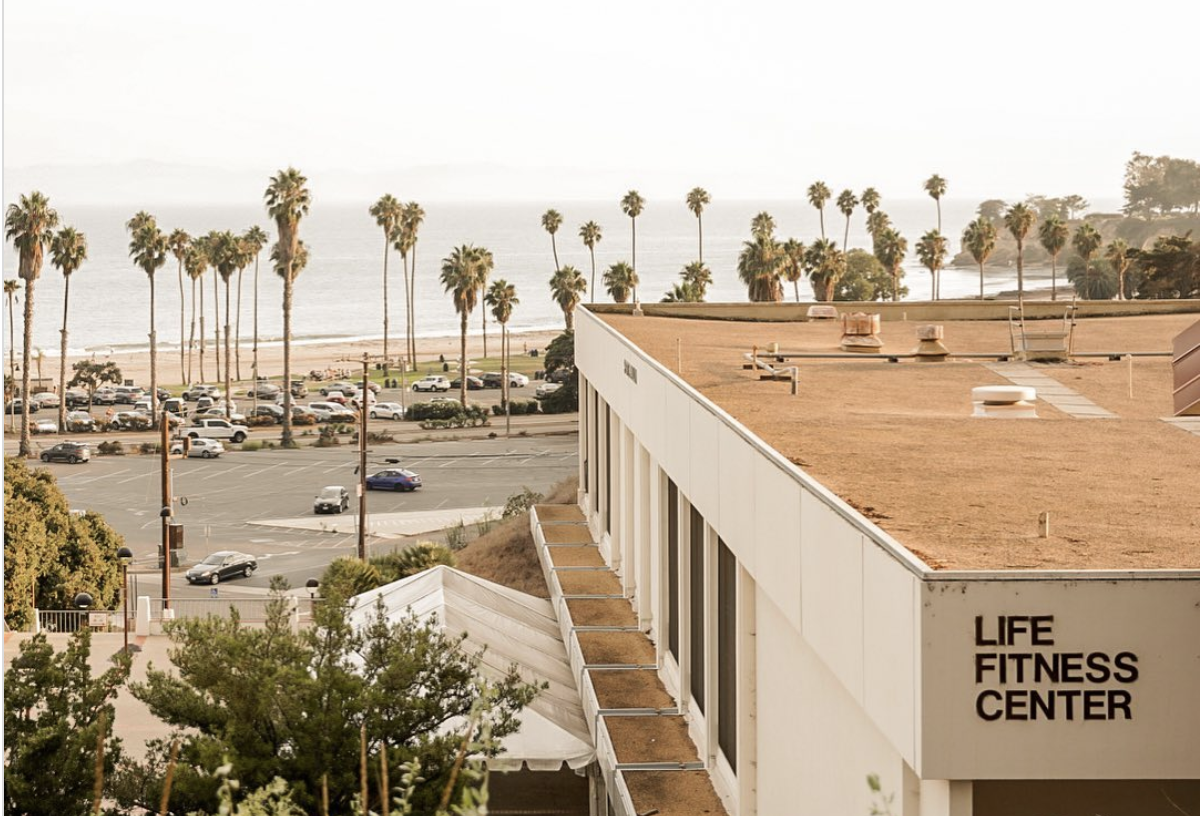No on SBCC’s Measure P
$198 Million Facilities Bond Goes to Gym and Other Projects Despite $11 Million Deficit

If you’re concerned about the cost of housing as I am, there are multiple upcoming ballot bond requests to increase your indebtedness to 2055 and 2060. It’s called the hidden cost of shelter whether you rent or buy — unless of course, you live in government or nonprofit-owned or -financed housing exempt from taxation, which benefits a high number of locals. If you live in a property-taxed home, then school and other bonds translate into an added cost for decades to come.
Unlike the admirable organizational effectiveness of affordable rental housing advocates, local property homeowners have remained silently complicit since passage of Prop. 13 in 1978. This voter initiative was approved in a California primary election by a nearly two to one margin and was upheld by the Supreme Court in 1992. Prop. 13 taxes buyers one percent of the property purchase price, which then can (and usually does) increase a max of 2 percent a year thereafter above the original purchase price. Prop. 13’s passage had a demographic-stabilizing impact on communities by giving property owners good reason not to sell: We knew the annual amount owed to budget and forecast our income needs.
Municipal fees plus voter-approved bond costs are in addition to the Prop. 13 base tax. These additional taxes put property owners at the mercy of bureaucrats, government worker unions, and voters. An estimated 63-65 percent of a property-tax bill goes directly to fund public K-14 schools.
There are multiple bonds on the upcoming November general ballot which if passed will make local housing even more costly.
One proposed bond, Measure P by Santa Barbara City College, needs your no vote. Now is not the time to incur more debt, to increase housing costs, or to approve almost a half-billion dollars more in debt to 2060, when SBCC first needs to improve and stabilize its management. I’m alarmed by its request.
SBCC has fallen in rankings from an exemplary community college then to one now ranked #1 for its location, and #3 foronline coding.
Enrollment continues to decline of district students residing within defined SBCC district boundaries, which means SBCC recruits foreign and out-of-district students, who then require housing plus services. This in turn means only local property owners must pay the associated infrastructure costs for these temporary newcomers to attend SBCC. Do area taxpayers want to pay the cost for more out-of-district and foreign students? Or to pay the high cost for more tax-exempt student housing? These students also tend to vote for bond indebtedness for which they are never billed. They’ll move away.
Moreover, beware, there’s a total lack of transparency in SBCC’s Measure P bond description to voters.
As per one current example: on the SBCC Trustee Board Agenda for Thursday, August 15, item 12.20 is a contract with Cauvel and Dancey for $150,000 for legal services for a $95 million PE building replacement. The contract says in part: “It has been reported to us that the funding for the Project has two sources: (1) State Funding which must be encumbered by June 2025; and (2) a local bond measure on the Ballot for November 2024. From an overview perspective, approximately, 1/3rd of the Project will come from the State Funding and 2/3rds will come from the Bond Measure should the Bond Measure pass.”
Make note: The SBCC Trustee majority of five (except for the only two responsible trustees, Croninger and Gallardo) have already approved to proceed to spend $65M for the gym despite SBCC’s existing $11 million budget deficit!
This consulting firm, Cauvel and Dancey, apparently has been informed that the Bond Measure P is approximately $198 million and approximately $65 million would be going to the (already approved) Gym Project with the remainder slated for “other projects”. With this full disclosure in the Board Agenda packet — that the plan is to encumber now $65 million in debt for the PE building, why is there no disclosure in the Measure P bond description? Why not inform the public that $65 million comes off the top reducing the remainder of Measure P bond proceed funds for other projects on their list?
Additionally, there is a separate contract on the Agenda for $153,825 for Kitchell for PE building bidding process management putting the cart before the horse. No big surprise there. All who resides in Santa Barbara know elected officials spend or waste millions on attorneys and consultants because for whatever unknown reasons our paid and pensioned bureaucrats aren’t up to the job. At SBCC, the saying goes, for the amount paid to public school attorney Craig Price, taxpayers would never see another bond request. There’s simply no public accountability or consideration of our fiscal realities.
SBCC has asked its foundation for $500,000 of donor dollars to run its Measure P campaign. Opponents have no money, only each other and two SBCC trustees. A shout out of thanks to trustees Gallardo and Croninger, who voted against taking Measure P to the public. Now is not the time!
If you are interested in the VOTE NO on P grassroots effort, contact me at NoP4SBCC@gmail.com.
Denice Spangler Adams is a 44-year SBCC K-14 informed volunteer and 1980 founding director SBCC Foundation to 1996.
